Metal in construction
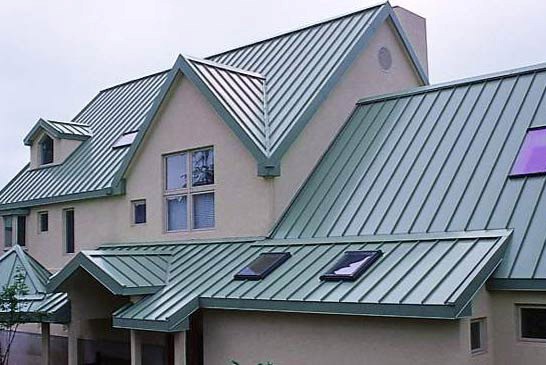
|
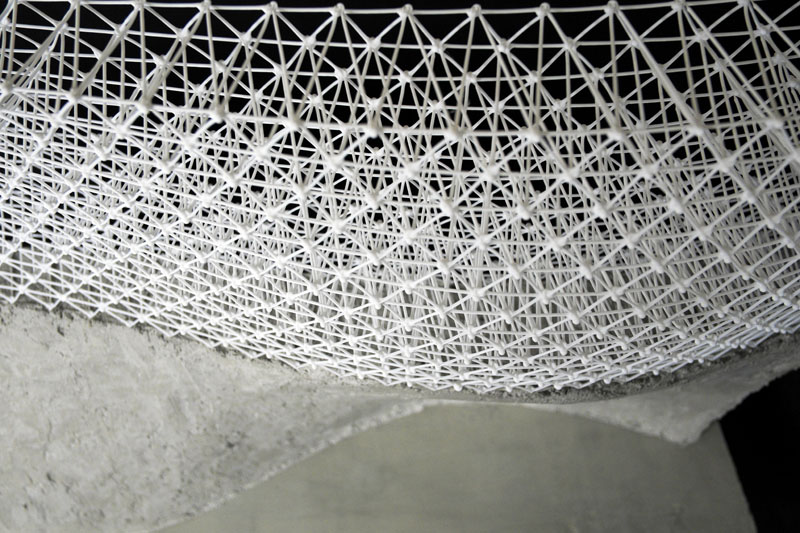
|
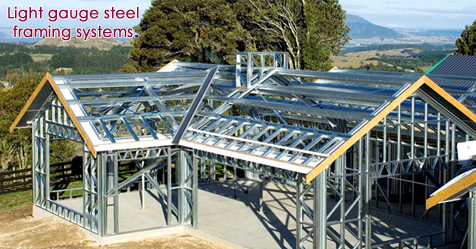
|
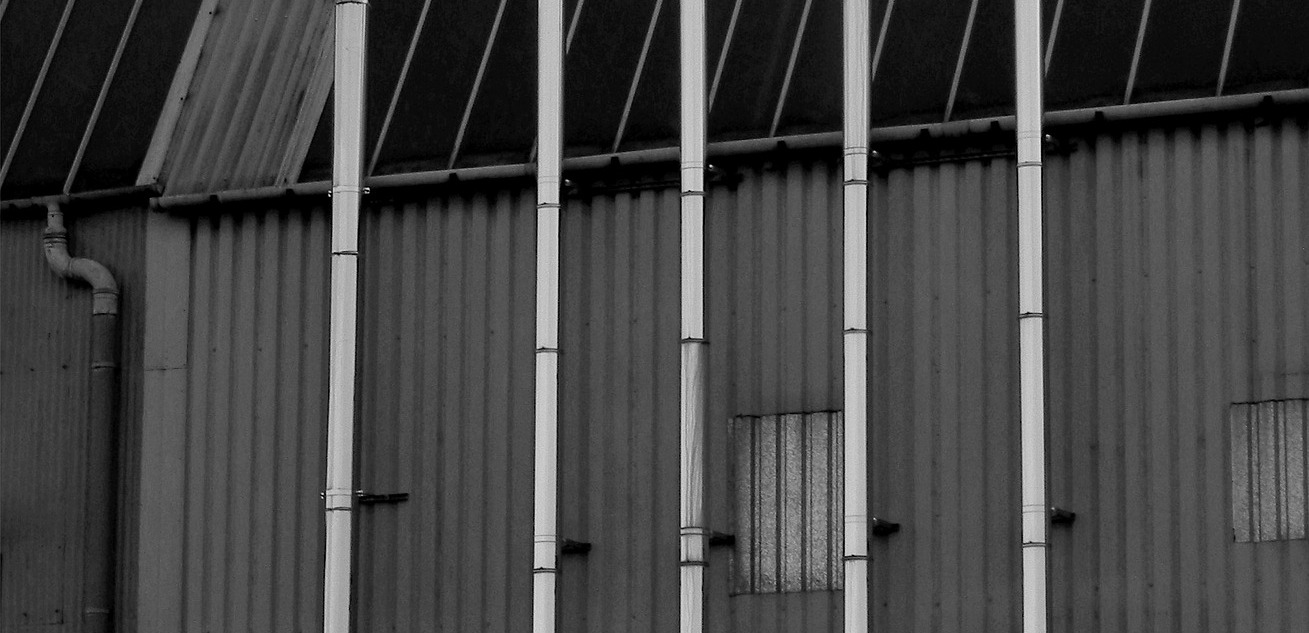
|
Contents |
[edit] Introduction
Metals are solid material that are generally hard, shiny, malleable, fusible, ductile, and have good electrical and thermal conductivity. Metals are commonly used in the construction industry due to their durability and strength to form structural components, pipework, cladding materials and other components.
[edit] Steel.
Steel is an alloy of iron and a number of other elements, mainly carbon, that has a high tensile strength and relatively low cost and is used for structural and other applications in the construction industry.
Types of steel include:
- Stainless steel: Steel combined with chromium (and sometimes nickel). Stainless steels generally do not form rust on their surfaces and do not discolour.
- Galvanised steel: A zinc coated steel that is resistant to corrosion.
- Weathering steel: Has a rust-like appearance that can resist corrosion and abrasion, by forming a protective surface layer, or patina.
- Other alloys.
For more information see: Steel.
[edit] Aluminium
Because of its ductility, aluminium can be formed into many shapes and profiles. Aluminium wall cladding systems are commonly used for building exteriors, with large wall panels requiring fewer joints, resulting in time-efficient installation. Today, aluminium is the second most used metal in buildings after steel, used for roofing, flashing, wall panels, windows and doors, spandrels, and so on.
For more information see: Aluminium.
[edit] Iron
Iron is the chemical element most commonly found on Earth by mass. As iron-bearing rock is plentiful, iron alloys are popular industrial and construction materials.
Types of iron include:
- Cast iron.
- Pig iron.
- Wrought iron.
For more information see: Iron.
[edit] Copper
Copper is a soft, malleable, and ductile metal with high thermal and electrical conductivity. It is a pinkish-orange colour. Copper is commonly used in the construction industry to form pipes and tubing, as it is malleable and joints can be easily formed by soldering. It is also used as a cladding material, sometimes allowed to oxidise to a blue green colour.
For more information see: Copper.
[edit] Lead
Lead is a heavy metal that can be toxic when absorbed into the body.
In construction, lead is used due to its ductility to form roofs and other cladding panels as well as windows, linings for cornices, tanks, copings, gutters and downpipes, flashing, and so on. It is also a component of soft solder.
Historically it was used in paints and pipework. Most lead-based paint was banned from sale to the general public in the UK in 1992. It has not been used for water pipes since 1970, however, it may still be present in older properties. It is recommended that lead pipes should be replaced.
[edit] Others
Other metals that might be used in construction include:
[edit] Alternative meanings
The term 'metal' can also be used to refer to:
- Molten glass.
- Constructing or repairing a highway with road metal (a metalled road). For more information see: Metalled.
[edit] Related articles on Designing Buildings
- Aluminium.
- Bronze.
- Cast iron.
- Copper.
- Corrosion resistant alloy CRA.
- Difference between cast iron and wrought iron.
- Failure of cast iron beams.
- Ferrous.
- Gold.
- Iron.
- Ironwork.
- Lead.
- Mesh mould metal.
- Metal composite panels.
- Metal fabrication.
- Metal profile cladding
- Metal roofing.
- Silver.
- Steel.
- Structural metal.
- The Iron Bridge.
- Tin.
- Types of metal.
- Types of materials.
- Types of steel.
- Vickers hardness rating scale.
- Wrought iron.
Featured articles and news
Considerate Constructors Scheme acquires Building A Safer Future
Acquisition defines a new era for safety in construction.
AT Awards evening 2024; the winners and finalists
Recognising professionals with outstanding achievements.
Reactions to the Autumn Budget announcement
And key elements of the quoted budget to rebuild Britain.
Chancellor of the Exchequer delivers Budget
Repairing, fixing, rebuilding, protecting and strengthening.
Expectation management in building design
Interest, management, occupant satisfaction and the performance gap.
Connecting conservation research and practice with IHBC
State of the art heritage research & practice and guidance.
Innovative Silica Safety Toolkit
Receives funding boost in memory of construction visionary.
Gentle density and the current context of planning changes
How should designers deliver it now as it appears in NPPF.
Sustainable Futures. Redefining Retrofit for Net Zero Living
More speakers confirmed for BSRIA Briefing 2024.
Making the most of urban land: Brownfield Passports
Policy paper in brief with industry responses welcomed.
The boundaries and networks of the Magonsæte.
London Build Fire and Security Expo
20-21 Nov and now with new Ambassador Programme..
The Scottish Building Safety Levy
Eight weeks of consultation closing on 18 November.
The grey, the brown and the golden rules of housing
shifting policies from the wild west of housing development.
Future proofing homes that are fit for purpose
Specification challenges and the role of plastic.
Thousands of new homes unlocked for brownfield sites
£68 million to 54 councils for neglected land into new homes.








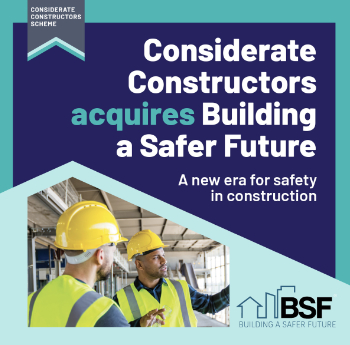

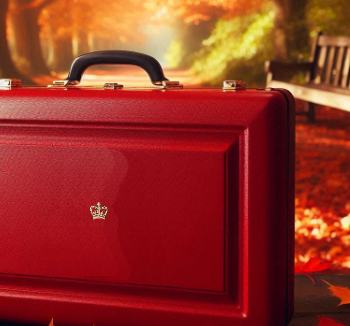



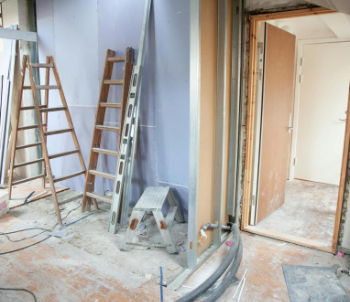

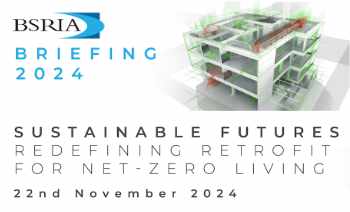



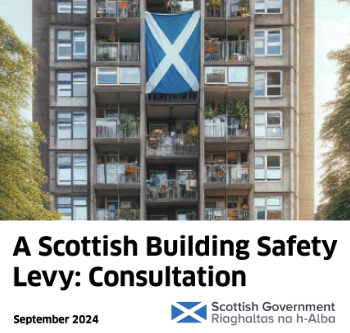

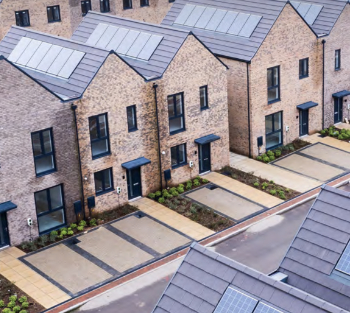
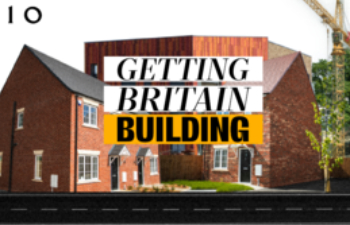
Comments
[edit] To make a comment about this article, or to suggest changes, click 'Add a comment' above. Separate your comments from any existing comments by inserting a horizontal line.